Filter by

Nature of Computation and Communication:International Conference, ICTCC 2014,…
This book constitutes the thoroughly refereed post-conference proceedings of the International Conference on Nature of Computation and Communication, ICTCC 2014, held in November 2014 in Ho Chi Minh City, Vietnam. The 34 revised full papers presented were carefully reviewed and selected from over 100 submissions. The papers cover formal methods for self-adaptive systems and discuss natural appr…
- Edition
- 1
- ISBN/ISSN
- 978-3-319-15391-9
- Collation
- XIII, 371
- Series Title
- -
- Call Number
- -
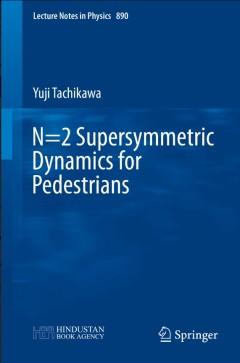
N=2 Supersymmetric Dynamics for Pedestrians
- Edition
- -
- ISBN/ISSN
- -
- Collation
- -
- Series Title
- -
- Call Number
- -
- Edition
- -
- ISBN/ISSN
- -
- Collation
- -
- Series Title
- -
- Call Number
- -

Natural Language Processing and Information Systems:20th International Confer…
This book constitutes the refereed proceedings of the 20th International Conference on Applications of Natural Language to Information Systems, NLDB 2015, held in Passau, Germany, in June 2015. The 18 full papers, 15 short papers, 14 poster and demonstration papers presented were carefully reviewed and selected from 100 submissions. The papers cover the following topics: information extraction…
- Edition
- 1
- ISBN/ISSN
- 978-3-319-19580-3
- Collation
- XV, 460
- Series Title
- Lecture Notes in Computer Science
- Call Number
- -

Multimodal Pattern Recognition of Social Signals in Human-Computer-Interaction
This book constitutes the thoroughly refereed post-workshop proceedings of the Third IAPR TC3 Workshop on Pattern Recognition of Social Signals in Human-Computer-Interaction, MPRSS 2014, held in Stockholm, Sweden, in August 2014, as a satellite event of the International Conference on Pattern Recognition, ICPR 2014. The 14 revised papers presented focus on pattern recognition, machine learning …
- Edition
- 1
- ISBN/ISSN
- 978-3-319-14898-4
- Collation
- VIII, 145
- Series Title
- Lecture Notes in Computer Science
- Call Number
- -
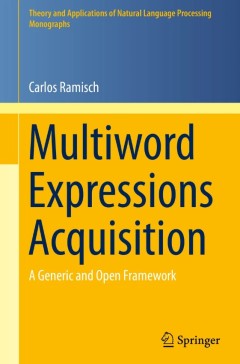
Multiword Expressions Acquisition
This book is an excellent introduction to multiword expressions. It provides a unique, comprehensive and up-to-date overview of this exciting topic in computational linguistics. The first part describes the diversity and richness of multiword expressions, including many examples in several languages. These constructions are not only complex and arbitrary, but also much more frequent than one…
- Edition
- 1
- ISBN/ISSN
- 978-3-319-09206-5
- Collation
- XIV, 230
- Series Title
- Theory and Applications of Natural Language Processing
- Call Number
- -
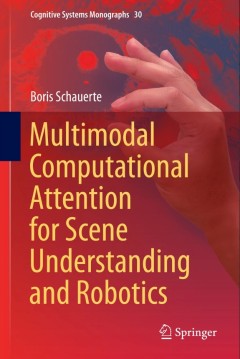
Multimodal Computational Attention for Scene Understanding and Robotics
This book presents state-of-the-art computational attention models that have been successfully tested in diverse application areas and can build the foundation for artificial systems to efficiently explore, analyze, and understand natural scenes. It gives a comprehensive overview of the most recent computational attention models for processing visual and acoustic input. It covers the biological…
- Edition
- 1
- ISBN/ISSN
- 978-3-319-33794-4
- Collation
- XXIV, 203
- Series Title
- Cognitive Systems Monographs
- Call Number
- -

Natural Gas Seepage : The Earth’s Hydrocarbon Degassing
The book offers a modern, comprehensive, and holistic view of natural gas seepage, defined as the visible or invisible flow of gaseous hydrocarbons from subsurface sources to Earth’s surface. Beginning with definitions, classifications for onshore and offshore seepage, and fundamentals on gas migration mechanisms, the book reports the latest findings for the global distribution of gas seepage…
- Edition
- 1
- ISBN/ISSN
- 978-3-319-14600-3
- Collation
- XIII, 199
- Series Title
- -
- Call Number
- -
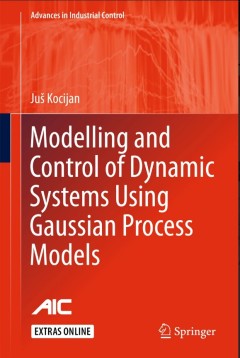
Modelling and Control of Dynamic Systems Using Gaussian Process Models
This monograph opens up new horizons for engineers and researchers in academia and in industry dealing with or interested in new developments in the field of system identification and control. It emphasizes guidelines for working solutions and practical advice for their implementation rather than the theoretical background of Gaussian process (GP) models. The book demonstrates the potential of …
- Edition
- 1
- ISBN/ISSN
- 978-3-319-21020-9
- Collation
- XVI, 267
- Series Title
- Advances in Industrial Control
- Call Number
- -

Natural Disturbances and Historic Range of Variation
This book discusses the historic range of variation (HRV) in the types, frequencies, severities and scales of natural disturbances, and explores how they create heterogeneous structure within upland hardwood forests of the Central Hardwood Region (CHR). The book was written in response to a 2012 forest planning rule which requires that national forests to be managed to sustain ‘ecological int…
- Edition
- 1
- ISBN/ISSN
- 978-3-319-21526-6
- Collation
- XI, 400
- Series Title
- Managing Forest Ecosystems
- Call Number
- -
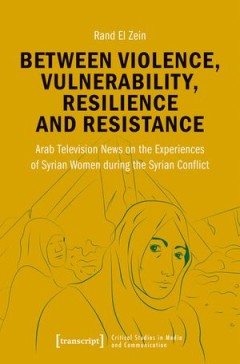
Between Violence, Vulnerability, Resilience and Resistance: Arab Television N…
How are the structures of power and the notion of agency among Syrian women during the recent Syrian conflict connected? To explore this matter, Rand El Zein investigates gender politics around displacement, conflict, the body, and the nation. In doing so, she outstandingly reconciles critical media theory as myriad and productive with the theoretical concepts on subjectivity, power, performati…
- Edition
- -
- ISBN/ISSN
- 9783839459591
- Collation
- -
- Series Title
- -
- Call Number
- 300 ZEI b
 Computer Science, Information & General Works
Computer Science, Information & General Works  Philosophy & Psychology
Philosophy & Psychology  Religion
Religion  Social Sciences
Social Sciences  Language
Language  Pure Science
Pure Science  Applied Sciences
Applied Sciences  Art & Recreation
Art & Recreation  Literature
Literature  History & Geography
History & Geography